 The Boss is a heroine in the Metal Gear Solid saga, an action-adventure stealth game franchise with heavy emphasis on philosophical, military and political themes. Despite The Boss’s actions and contributions to the story of Metal Gear Solid having taken place chronologically over the course of multiple games, the Boss only appears in Metal Gear Solid 3: Snake Eater and Metal Gear Solid: Peace Walker. If I went back through the entire storyline of Metal Gear Solid from the beginning, the website would not have room to put all of it, so I am probably going to skip a lot of details from the beginning (the conditions surrounding her birth, previous games, etc.) and am mostly going to focus on The Boss during the events of the games she physically appears in and what makes her the greatest heroine in video games.
The Boss is a heroine in the Metal Gear Solid saga, an action-adventure stealth game franchise with heavy emphasis on philosophical, military and political themes. Despite The Boss’s actions and contributions to the story of Metal Gear Solid having taken place chronologically over the course of multiple games, the Boss only appears in Metal Gear Solid 3: Snake Eater and Metal Gear Solid: Peace Walker. If I went back through the entire storyline of Metal Gear Solid from the beginning, the website would not have room to put all of it, so I am probably going to skip a lot of details from the beginning (the conditions surrounding her birth, previous games, etc.) and am mostly going to focus on The Boss during the events of the games she physically appears in and what makes her the greatest heroine in video games.
[Obviously MAD Spoilers from this point forward, very watered down version of the MGS story line, if it seems convoluted, it’s because I am skipping over hundreds of hours of plot development because MGS as a whole is incredibly long and complicated but amazing, sorry in advance if it is dense]
Who is The Boss?
“Naked Snake: Boss, why are you doing this?
The Boss: Why? To make the world one again.”
–Metal Gear Solid 3: Snake Eater
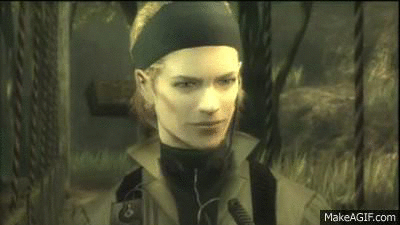
The Boss is a renowned soldier who lead countless battles with highly trained special forces. She was often revered as the “mother of U.S. Special Forces” and was responsible for the American victory at Normandy during World War II. Later, during the Cold War era, The Boss was ordered by the United States to carry out the Virtuous Mission: a mission focused on ensuring that the United States gained control of the Philosopher’s Legacy, a massive but secret trust fund owned by a shadowy organization known as the Philosophers. The Philosophers are practically what we would consider the Illuminati, making large deals and decisions to cause and extort various world conflicts for personal gain. The Boss would have to infiltrate the GRU and gain the trust of Colonel Volgin in order to secure it for the United States. Volgin suggested to The Boss that he defect from the GRU and informed The Boss of a top secret massive mobile nuclear weapon that was in development by the Russians later known as the Shagohod.
Later, The Boss would reunite with Naked Snake, a soldier who she had raised and trained, only to cut off contact with him once Snake had pinpointed the location of the Shagohod. For the Virtuous Mission, The Boss was supplied with 2 portable nukes and a portable launcher to use them, whose original purpose would be to give to Volgin in order to gain his trust. The Boss could not have predicted that Volgin would test one of these nukes to destroy the facility where the Shagohod was being developed. An American supplying a Russian defector with one, let alone multiple nukes, is a dangerous enough situation to upset the stalemate of nuclear deterrence. An act as insane as having a GRU colonel defect from Russia and nuke secret Russian military bureaus using nukes secretly given to Volgin by the United States (via The Boss) would certainly spell nuclear apocalypse for Earth. In order to clear the United States’ name and fizzle this conflict before it brought about the end of the world, the CIA arranged for her to be assassinated by her former colleague and beloved training partner, Naked Snake, in the mission known as Operation Snake Eater.
The Boss knew that she would have to sacrifice her reputation and her life to save the world from nuclear apocalypse. She had to identify as a traitor due to the nature of the mission, and must let herself eventually be assassinated by Naked Snake. Knowing this, she still dedicated her life to the mission, attempting to help Naked Snake get closer to her to eventually kill her, and simultaneously continued to gain Volgin’s trust. Naked Snake would end up slaughtering the Cobra Unit, a special forces group that fought under The Boss at Normandy. After killing the Cobras, Colonel Volgin and destroying the secret nuclear threat known as Shagohod, Naked Snake eventually fights The Boss in a field of daisies, being easily the sickest fight in the history of video games. Snake kills her with her own weapon after she gives the Philosophers Legacy to Snake with her dying breaths, knowing that she sacrificed everything to save the world and die with the mission as a traitor in the eyes of the United States.

Feminist Criticism of The Boss
In Beginning Theory, Peter Barry writes that “within feminism there is a strong emphasis on the ‘constructedness’ of femininity, that is, on such matters as conditioning and socialisation, and the influence of images and representations of femininity in literature and culture. All these formulations are ways of avoiding ‘essentialism’, which is the contrary view that there is some natural, given essence of the
feminine, that is universal and unchangeable” (Barry 267). What he means by this is that there is a specific idea of femininity that we see within all our writing and culture. He explains that it is important to understand that there is not necessarily a specific, essential, raw “feminine” idea. I agree with Barry in this context; I honestly think The Boss is an incredible heroine without actually portraying what would normally be a feminine idea of a heroine. The Boss has insane character and willpower, and is an incredible fighter and soldier. Her femininity is hardly an integral part of her character, and I think that she can still resemble a powerful heroine without adhering to feminine or masculine ideas. She is objectively defined as a direct result of her actions based on the destiny that is handed to her. The only time her femininity is a part of her identity is because she is a mother. She is not only considered a “mother” to special forces in the United States, but she also gave birth on the battlefield during the assault on Normandy (right? What a badass). Due to orders from her superiors, she had to kill her son’s biological father, a member of the Cobra Unit known as The Sorrow, even though they loved each other. This is one of the only times where her feminine identity is even explicitly mentioned because it isn’t that integral to her character. I think often times, many heroines are not separate from their sexuality or feminine aspects. I think it’s cool when characters have objective identities based on their character instead of having their character come from their identities or whatever groups they may fall under, such as being a mother. She is a soldier first and a mother second, and that makes The Boss very unique and interesting.
Post-Humanist Criticism

Later, in the events of Metal Gear Solid: Peace Walker, which followed the events of Metal Gear Solid 3: Snake Eater, The Boss’s likeness is used as a model for the artificial consciousness put into a machine designed to prevent apocalypse by being an automatically nuclear deterrence. It is INCREDIBLY interesting to me how the CIA Peace Sentinel (the group in charge of this project) chose The Boss as a symbol of self sacrifice for world peace via nuclear deterrence. They created a machine to possess consciousness built off of her likeness in hopes that it would possess the same human values that The Boss initially exercised in a time of apocalypse-threatening uncertainty. Eventually, the Peace Walker (the machine that the Boss AI was placed within) would eventually attempt to be controlled by an AI programmer named Strangelove, to start further conflict in the cold war by faking a nuclear launch. When the Boss AI realized that the Peace Walker was attempting to begin nuclear war, her AI consciousness decided to walk into Lake Nicaragua to save the world once again from the brink of thermonuclear holocaust.
I think it is incredibly cool that the idea of AI being designed after certain humans as long as the purpose of that machine be based on the person’s previous actions so that human willpower will be enhanced by machine. This feeds into the posthumanist idea of transhumanism, where ethics and morals could change based on the way our humanity advances technologically. Designing a mechanical soldier designed to carry out its orders based on the human it was based on is and incredibly intriguing and exciting case study on transhumanism.
Cultural Significance
Since Metal Gear Solid is obviously some weird obscure thing that I am far too in love with, the really interesting inspiring aspects of The Boss were often lost because most people don’t even know she exists or who she is. She is incredibly inspiring though, as she takes full responsibility for her destiny based on what is right. Being selfless enough to sacrifice yourself and your life for your country is a value that soldiers are often told to have, but she expresses it in a light that most people don’t expect. She informs Naked Snake before they fight in the field of daisies that “in the end, you have to choose whether you’re going to live as a soldier, or just another man with a gun.” The most heroic part about The Boss, in my opinion, is that she understands that sacrificing yourself for the sake of carrying out the mission is the most important duty you can be given as a soldier. The power to do what is right is within all of us, but not all of us are brave or strong or capable enough to do it. The ability to make the ultimate sacrifice due to unwavering selflessness and righteousness is hard to come by, but it makes The Boss the most inspiring heroine, in my humble (but undisputedly correct) opinion.

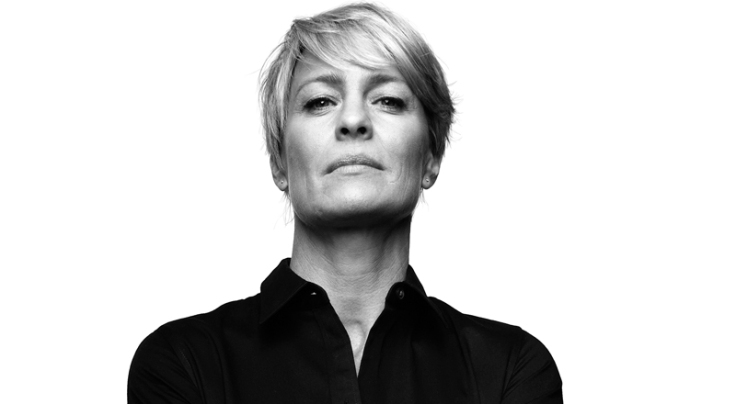
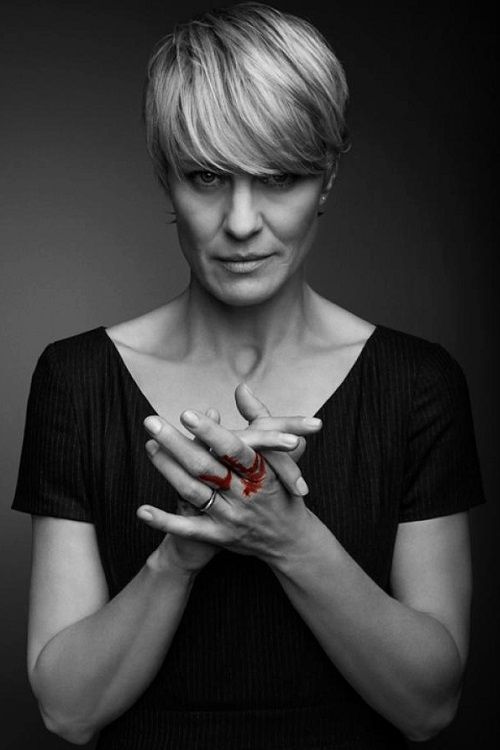










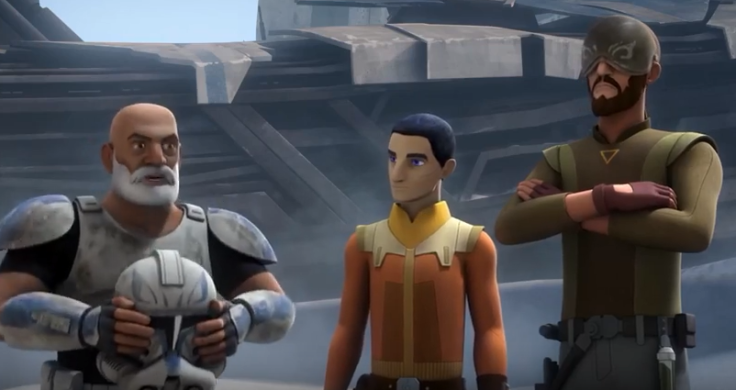




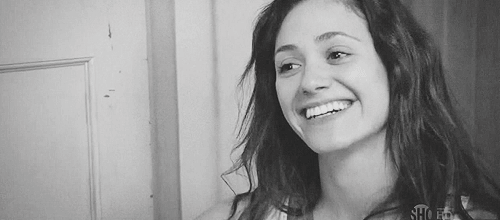
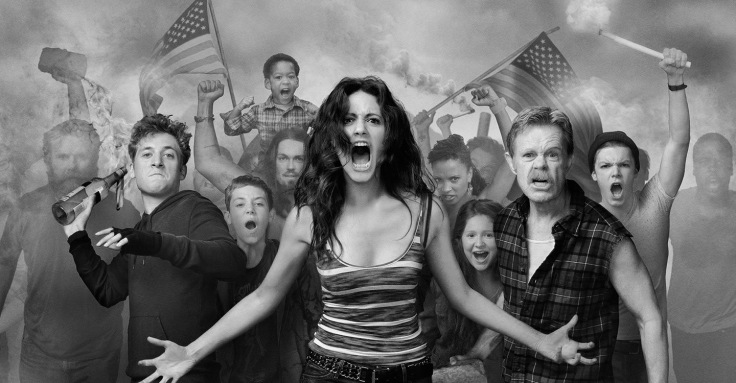

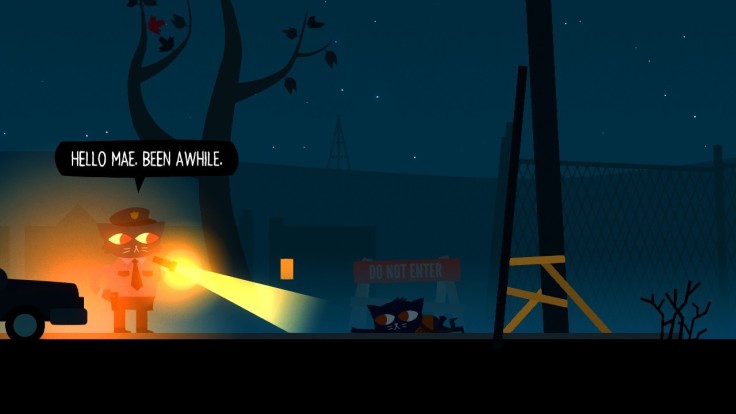






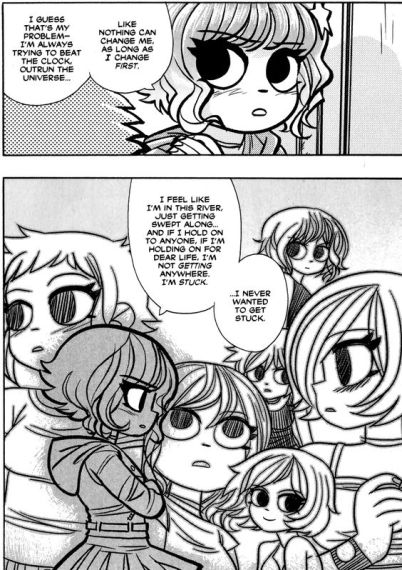







 Hap. Who can instantly tell that Prairie has had a near death experience or a NDE. Hap is warm and welcoming to Prairie. He takes her out and buys her dinner and eventually asks her if she would be willing to take part in his studies involving people who have had NDEs. Prairie has no reason to not trust this man so she goes with him. She fully places her trust in this man, because this is the first time that she has felt a sense of purpose in a long time. She gets on a small airplane with him that he flies to his house. He brings Prairie to the basement where he says he has a bed for her to stay in.
Hap. Who can instantly tell that Prairie has had a near death experience or a NDE. Hap is warm and welcoming to Prairie. He takes her out and buys her dinner and eventually asks her if she would be willing to take part in his studies involving people who have had NDEs. Prairie has no reason to not trust this man so she goes with him. She fully places her trust in this man, because this is the first time that she has felt a sense of purpose in a long time. She gets on a small airplane with him that he flies to his house. He brings Prairie to the basement where he says he has a bed for her to stay in. 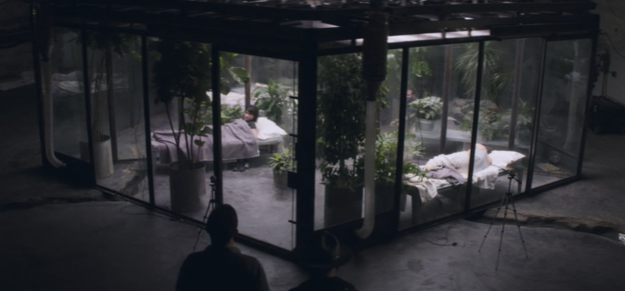


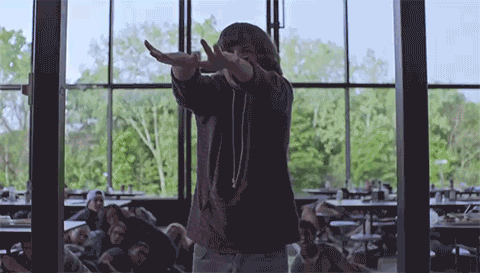
 ne where both The OA and Hap are constantly fighting for control. While it may seem like Hap has all the control over The OA since he is the one who has kidnapped her, The OA actually has quite a lot of control over Hap. During the first few months of The OA being held captive, she gains Haps trust. Enough that he lets her upstairs to go outside and eat something other than the disgusting food pellets. In exchange for being allowed upstairs, The OA does all of the chores around the house and cooks for Hap. This puts The OA in the position of a very stereotypical housewife. But The OA uses her time upstairs and Hap’s trust in her to make multiple attempts at escape. One of these attempts involved The OA trying to put Hap to sleep by putting a bunch of sleeping pills in a soup she made. While none of them ever worked it did lead to The OA getting her sight back. Once The OA gets her sight back she is able to deceive Hap into believing that she is still blind for quite a while.
ne where both The OA and Hap are constantly fighting for control. While it may seem like Hap has all the control over The OA since he is the one who has kidnapped her, The OA actually has quite a lot of control over Hap. During the first few months of The OA being held captive, she gains Haps trust. Enough that he lets her upstairs to go outside and eat something other than the disgusting food pellets. In exchange for being allowed upstairs, The OA does all of the chores around the house and cooks for Hap. This puts The OA in the position of a very stereotypical housewife. But The OA uses her time upstairs and Hap’s trust in her to make multiple attempts at escape. One of these attempts involved The OA trying to put Hap to sleep by putting a bunch of sleeping pills in a soup she made. While none of them ever worked it did lead to The OA getting her sight back. Once The OA gets her sight back she is able to deceive Hap into believing that she is still blind for quite a while.